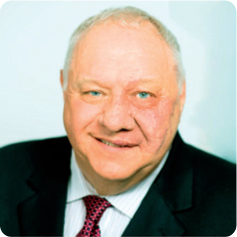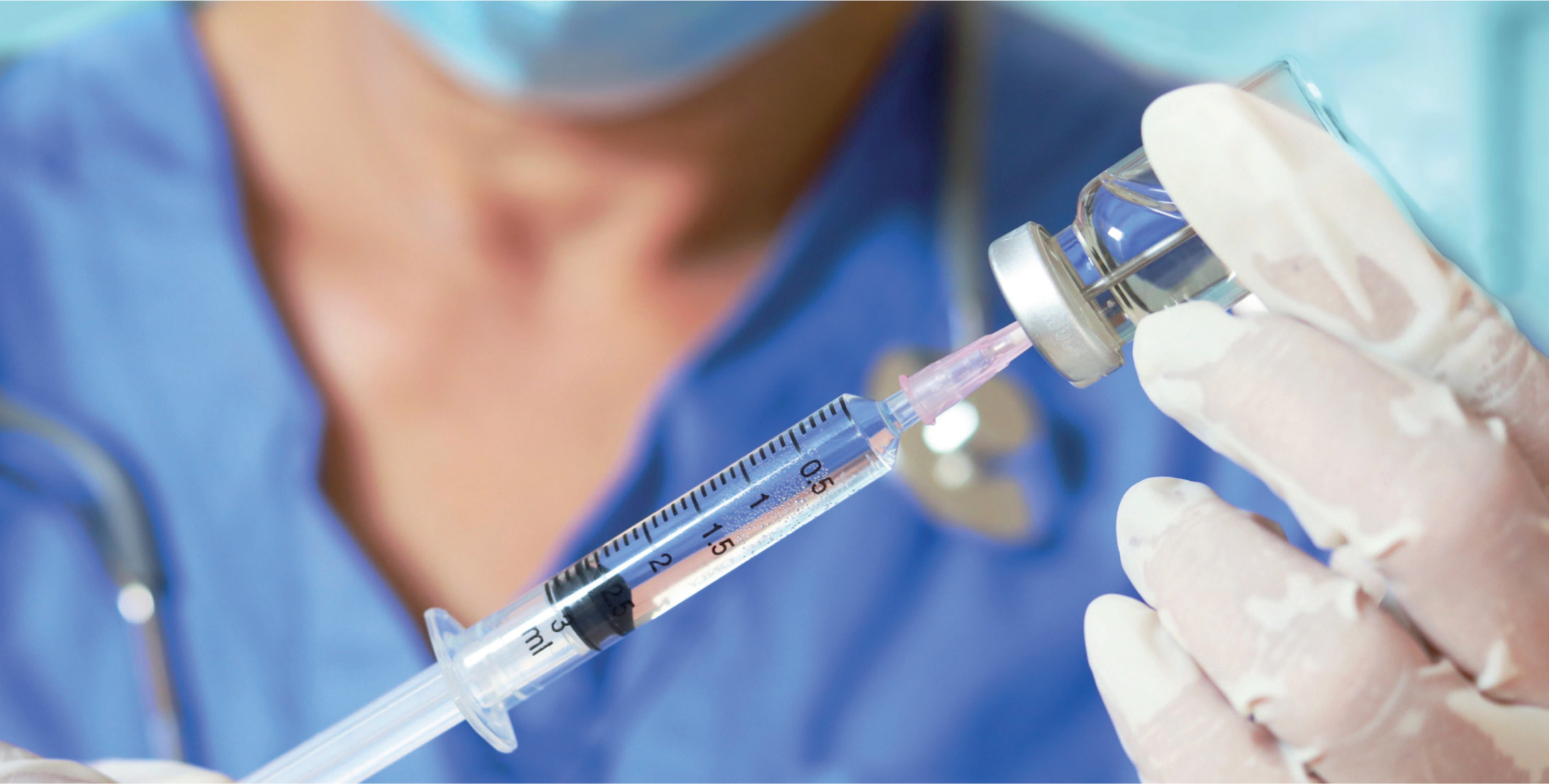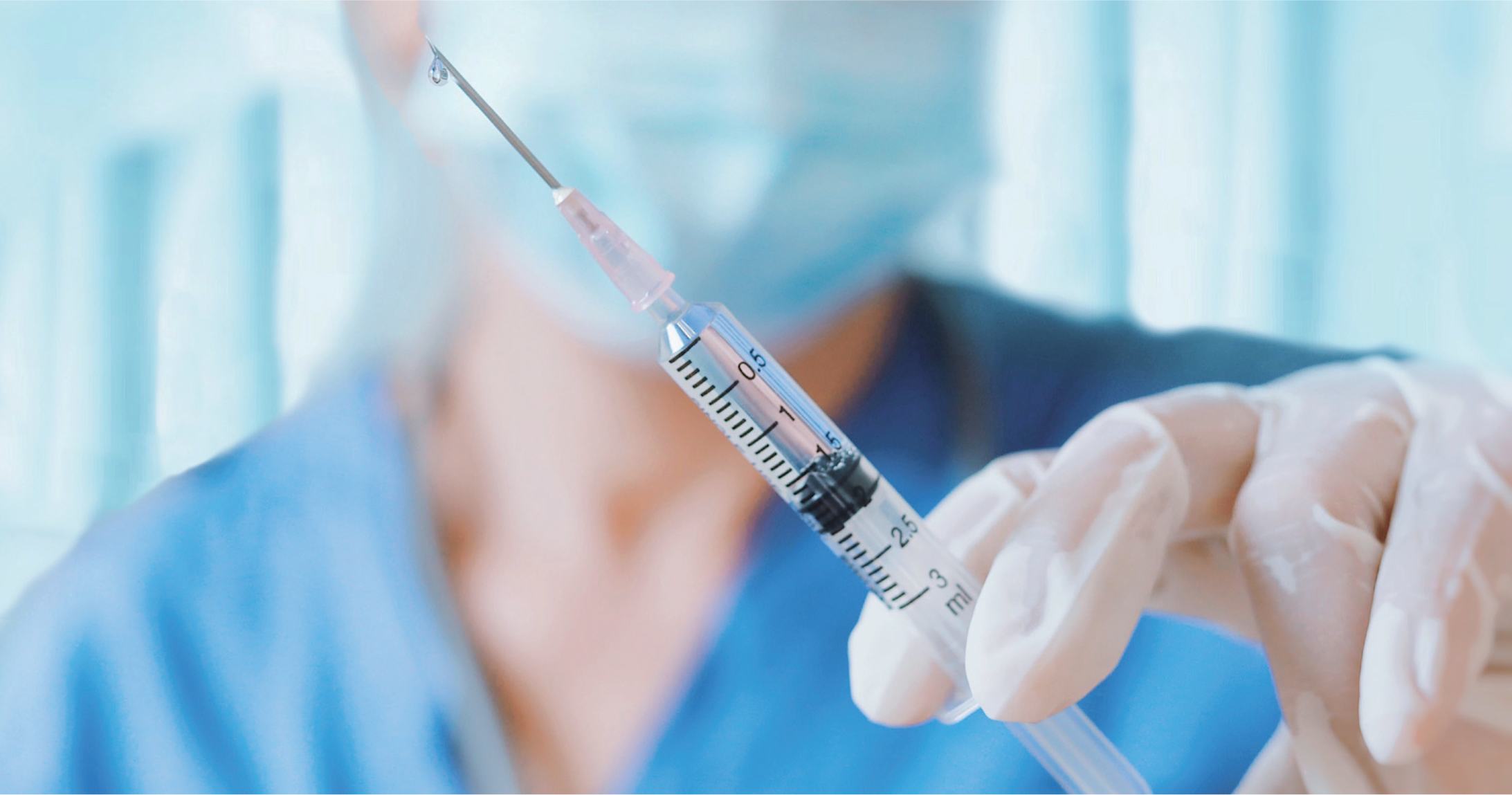

Any practitioner who undertakes aesthetic procedures should be mandated to provide evidence that they possess the requisite skills, knowledge, competence, confidence and capability to practise both safely and effectively for each and all of the procedures that they provide. This will require all aesthetic practitioners to engage in ongoing CPD activities on an annual basis that are appropriate and proportionate to the risks involved in their practice. The JCCP purports that for CPD to be meaningful it should be associated with reflective practice undertaken by practitioners and supported by evidence of how their learning experience has resulted in an improvement to both patient safety and to their practice overall. We recognise that this will require a significant culture change across the aesthetics sector but we remain committed to emphasising the importance of a new standardised approach to CPD being formulated and adopted in the interests of public protection.
The JCCP considers that engagement in appropriately regulated CPD activities should mandated for all aesthetic procedures (particularly those more invasive procedures involving the use, or injection of botulinum toxins, temporary or permanent dermal fillers and hair restoration surgery etc.) The JCCP affirms that the provision of any new legally determined scheme of licensing for aesthetic practice should mandate that only those practitioners who are able to provide robust evidence that they meet (yet to be determined) national standards for CPD should be eligible to receive a practitioner license at both the point of application and at the point of renewal. This is required to provide evidence that the practitioner practises legally, safely and effectively.
The JCCP's CPD task and finish group
The JCCP established a CPD task and finish group in the spring of 2024 with the aim of making recommendations to both the JCCP Education and Training Committee and to the JCCP Practitioner Register Committee regarding proposed CPD requirements for both JCCP registrants and non-JCCP registered practitioners, and to determine standards of best practice for the regulation and delivery of CPD activities as adjunctive components of the government's proposed new licensing scheme for aesthetic practice in England.
The JCCP's proposed definition of CPD
‘Continuing Professional Development (CPD) is the proactive process of enhancing the knowledge, skills and personal attributes for previously qualified aesthetics professionals to ensure they perform their roles effectively and safely. It demonstrates a commitment to maintaining competence and, when combined with ongoing assessment, it helps ensure they remain competent, current and capable of meeting changing professional standards throughout their career. CPD is invaluable to ensure continuous growth, maintaining expertise and pushes the industry to new standards.’
Key accepted principles of CPD:
- A benchmark of quality learning
- A cornerstone of professionalism
- Underpins and maintains the currency of qualifications
- Must be forward facing and strive for continuous improvement
- Ensures professionals practice ethically
- Ensures professionals are fit for practice
- Highlights safety as a key principle for aesthetics practice.
Not all CPD is required to be formally accredited. Annual CPD should include a variety of learning activities such as formal learning, workplace learning, reflection, self-directed learning and so on.
Conversely the JCCP advises that CPD is not:
- A formal qualification
- A course or diploma that is strictly undertaken for insurance purposes
- A substitute for a qualification
- Purely ‘advanced learning’ and not ‘basic subjects’ - CPD can be at any level e.g. washing hands for patient safety.
The purpose of accredited short courses
In support of the above section the JCCP's Education and Training Committee has already advised (JCCP, 2023) that ‘Short courses which are accredited for continuing professional and personal development (CPD) and offer CPD points should not be regarded to equate to initial training courses. It is important to understand the difference between basic training and Continued Professional Development (CPD). CPD should be delivered to those with prior demonstrable qualifications and experience in the applied area for which they are seeking to undertake CPD short courses. CPD courses should be designed to enhance, refresh and update knowledge and skills throughout a person's working life and are unsuitable for those with no prior experience and initial training in the field of aesthetics. The holding of a CPD Certificate is intended to enhance competence, not replace primary qualifications. Persons offering CPD must themselves be appropriately qualified and competent’.
The JCCP also acknowledges the important role that national and global pharma company training academies play in ensuring practitioner knowledge and practice competence is up to date and aligned with new product/medicine development within the aesthetic sector.
The JCCP's proposals for the effective and safe delivery continuing professional development
The JCCP's CPD task and finish group recommend that there is a requirement to clearly define the parameters and standards expected of those delivering and regulating CPD training activities, and acknowledges that robust and standardised processes are required to be implemented to monitor these in the future.
The task and finish group also considered the question ‘what good systems of regulation might look like’ and advised that ‘good schemes’ should include the following:
- All practitioners should be required to hold and regularly update a personal CPD plan that is relevant to their personal development and professional practice.
- Utilise a centralised CPD record/portfolio. Create a centralised digital register for aesthetic practitioners to log their activities. This would be accessible to regulatory bodies and could be used to track compliance and measure practitioner growth.
- Self-reflection and reporting: practitioners should submit annual CPD reports, reflecting on their learning outcomes and indicating how these have improved practice.
- Link CPD compliance to licensing. Practitioners who do not meet their CPD requirements could face restrictions to practice as well as suspension of their license.
- Encourage collaboration with clinical experts: encourage interdisciplinary CPD programmes that involve experts e.g. from dermatology, plastic surgery, psychology and nursing, etc.
- CPD programme offers should align fully to the principles that will underpin the new scheme for aesthetic licensing in England.
- Should be subject to an agreed annual audit process for CPD records.
» The JCCP purports that for CPD to be meaningful it should be associated with reflective practice undertaken by practitioners and supported by evidence of how their learning experience has resulted in an improvement to both patient safety and to their practice overall «
Identifying and agreeing a core mandatory CPD learning portfolio/skill set for aesthetic practice
The task and finish group has reached the conclusion that with the advent of a new scheme of licensing for aesthetic practice in England that it will be necessary to identify a range of specified mandatory annual CPD learning events to ensure public safety.
These might include (but are not limited to):
- Infection control (aseptic technique) and health protection
- Basic life support
- Safeguarding
- Consent
- Complications management (e.g. anaphylaxis) and the safe and effective management of emergencies
- Raising issues of concern and complaints management (including the use of the MHRA ‘Yellow Card Scheme’)
- Communication skills
- Information governance
- Record keeping
- Supervisory requirements
- Reporting arrangements for adverse events (e.g. the MHRA ‘Yellow Card’ scheme).
These ‘touch points’ or ‘safety points’ should be consulted upon nationally and a mandatory list of required annual standardised CPD learning events agreed and implemented as part of the proposed scheme of licensing for aesthetic practitioners.
In addition, the JCCP task and finish group recommended that all practitioners should undertake a minimum of 35 hours of continuing professional development (CPD) relevant to their scope of aesthetic practice during any three-year period.
The JCCP would caution however against over-complicating the imposition of a mandatory system of CPD for relevantly qualified regulated healthcare practitioners who have already provided contemporaneous evidence of compliance to these mandated ‘CPD training’ requirements as either part of their public duty as NHS employees or through their revalidation and/or appraisal with their statutory regulators.
Key issues to for further consideration are the need to:
- Agree and promote a clear definition of what constitutes ‘good CPD’ and appropriate ‘procedural-related’ learning activities.
- Identify the minimum standards of CPD provision, practice and outcome measurement to ensure with compliance with the new aesthetic license in England.
- Develop systems to ensure the standards remain relevant and are updated in line with industry changes.
- Determine and ensure a consistent understanding of professional standards for continuous learning.
- Implement arrangements for ongoing standardisation and quality assurance of approved CPD activities.
- Recognise the significance that the possession of a robust and validated CPD portfolio will have for future insurance provision, renewal and indemnity cover.
- Require the UK Government to determine a robust and standardised process and system of CPD audit to be applied by local authorities when practitioners seek to renew their aesthetic practitioner license (i.e. to provide objective and measurable evidence that they have undertaken and engaged in procedure relevant and appropriate annual continuing professional development training and experience to perform the aesthetic activity safely and effectively.
- Determine sanctions for non-adherence.




